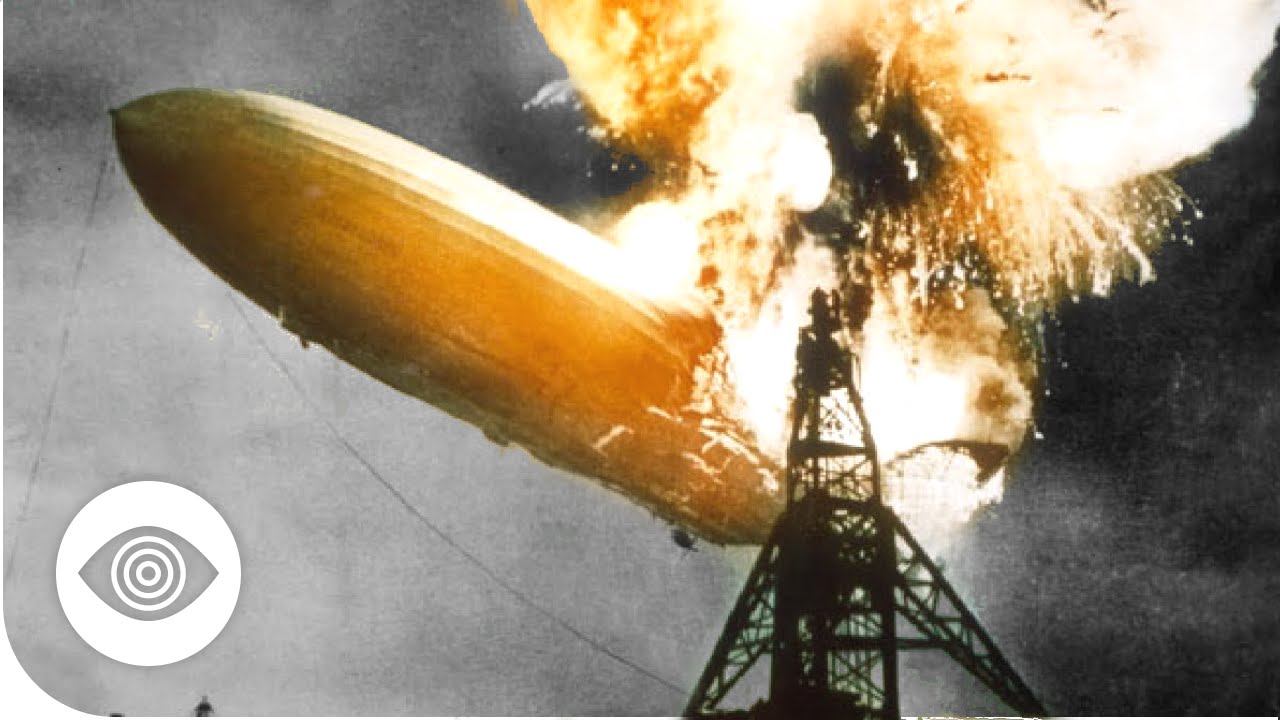In the 1930s, zeppelins or hydrogen-filled airships looked like the future of commercial air travel.
The Hindenburg, a German airship, ferried passengers across the Atlantic Ocean, reaching cruising speeds of 84 mph. On May 6, 1937, thousands of people looked to the sky to watch the Zeppelin land in Lakehurst, N.J., according to archival newscasts of the Hindenburg.
Archived footage of the landing shows people cheering, and ultimately screaming as the Hindenburg ignites into flames and drifts to the runway ground. Thirty-six of the 97 people aboard were killed. Within almost 30 seconds, the airship was destroyed.
Here are five things to know about the Hindenburg on the 78th anniversary of the disaster:
1. What was the Hindenburg like?
The Hindenburg was equipped with a bar, smoking lounge, toilet and cabins. In order to meet the ship’s weight requirement, all of the furnishings were made as light as possible. Even the cabin beds were made of aluminum, according to the Zeppelin Museum in Germany. The ship’s owners even had a lightweight baby-grand piano, according to History.com.
The 804-foot-long airship was launched from Friedrichshafen, Germany, in March of 1936. The Zeppelin reached a maximum speed of 84 mph and a cruising speed of 78 mph, according to History.com.
2. Why did the Hindenburg catch fire?
The airship was designed to be filled with helium gas but because of U.S. export restriction on helium, it was filled with hydrogen.
Hydrogen is extremely flammable, and the official cause of the fire was due to a “discharge of atmospheric electricity” near a gas leak on the ship’s surface, according to History.com. Conspiracy theories have questioned whether the tragedy was an act of anti-Nazi sabotage.
3. Smokers’ delight or passenger peril?
Despite the flammability of the hydrogen-filled airbus, the ship had a smokers’ lounge. Passengers were not allowed to bring matches or lighters onboard but they were able to buy cigars and cigarettes on the ship, according to History.com. Tobacco products could only be smoked in the pressurized smoking room. A stewardess stood by the door to ensure that no one left the pressurized room with a lit cigarette.
4. How many trips did the vessel take between North America and Germany?
The Hindenburg took its first flight in 1936. That year, the vessel went on 10 round trips between Germany and the United States and carried a total of 1,002 passengers during the journeys, according to History.com. The vessel could carry up to 50 passengers and had room for the airship’s crew.
5. What is Hindenburg’s connection to the Nazi party?
The ship was used as a symbol of German strength and modern capability by Nazi propaganda minister Joseph Goebbels. The ship went on several propaganda tours of the country and hovered over the Olympic stadium in Berlin during the opening ceremony, according to The Hindenburg Disaster of 1937.On one of the propaganda tours, the ship dropped pamphlets encouraging Germans to support the German army’s advances before World War II.
Originally posted 2014-07-22 17:51:08. Republished by Blog Post Promoter












